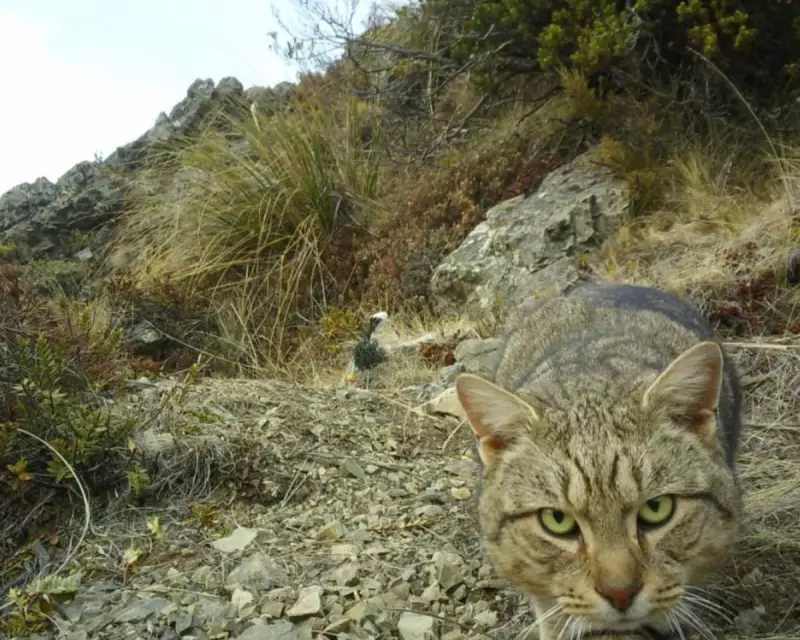
The New Zealand government has declared a major escalation in its war on invasive species, confirming that feral cats will be added to the official hit list of its ambitious Predator-Free 2050 strategy. Conservation Minister Tama Potaka announced the landmark decision, stating it would fill a glaring hole in the nation's ecological defence plan.
The Plan to Eliminate a 'Stone-Cold Killer'
This marks the first time a new predator has been added to the target list since the strategy's inception in 2016. While feral cats are already trapped and culled in some specific areas, their official inclusion means they will now be subject to coordinated, large-scale eradication programmes and dedicated scientific research. More detailed operational plans are scheduled for release in March 2026.
Potaka left little room for ambiguity regarding the threat, labelling feral cats as stone-cold killers that must be removed to boost the country's biodiversity and protect its unique natural heritage. He confirmed they would join other targeted mammals like ferrets, stoats, weasels, rats, and possums.
The Scale of the Problem and its Impact
The scale of the challenge is immense. Estimates suggest that more than 2.5 million feral cats roam New Zealand's bush and offshore islands. These are not domestic pets; they can grow up to a metre in length, including their tail, and weigh as much as 7kg.
Their impact on native wildlife has been devastating. They have been instrumental in hunting the Pukunui, or Southern dotterel, on Rakiura Stewart Island to the brink of extinction. They are also confirmed killers of native bats near Mount Ruapehu, representing a severe threat to species found nowhere else on Earth.
Navigating Public Opinion and Humane Control
The decision to target feral cats has been years in the making and has historically faced significant public opposition. A similar campaign, Gareth Morgan's Cats to Go initiative launched in 2013, was met with public horror. A separate competition that encouraged children to shoot feral cats also faced fierce pushback from animal rights groups.
However, public sentiment appears to be shifting. The Department of Conservation reported that feedback on its draft strategy was overwhelmingly in support of cat control, with 90% of respondents in favour of either including feral cats on the target list or implementing better management of all cats.
It is crucial to note that the strategy does not include domestic cats. Nevertheless, the debate around pet cats continues in the cat-loving nation, which has one of the highest rates of cat ownership in the world. Organisations like the National Cat Management Group, which includes the SPCA, advocate for keeping pet cats contained indoors, using the slogan Every cat in a lap.
Christine Sumner, a scientific officer for the SPCA, acknowledged the concerns about feral cats harming wildlife but emphasised the need for humane control methods. We're talking about removing them from an environment, and this is currently done by lethal means, which we're not happy with. That's the biggest challenge, she stated.
Both conservation and animal welfare groups are now calling on the government to adopt national cat management legislation, which would include mandatory microchipping and desexing of domestic cats, seen as the next critical frontier in protecting New Zealand's vulnerable bird populations.





